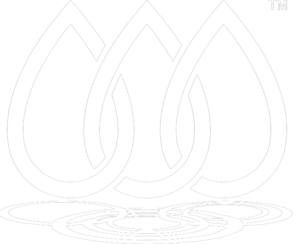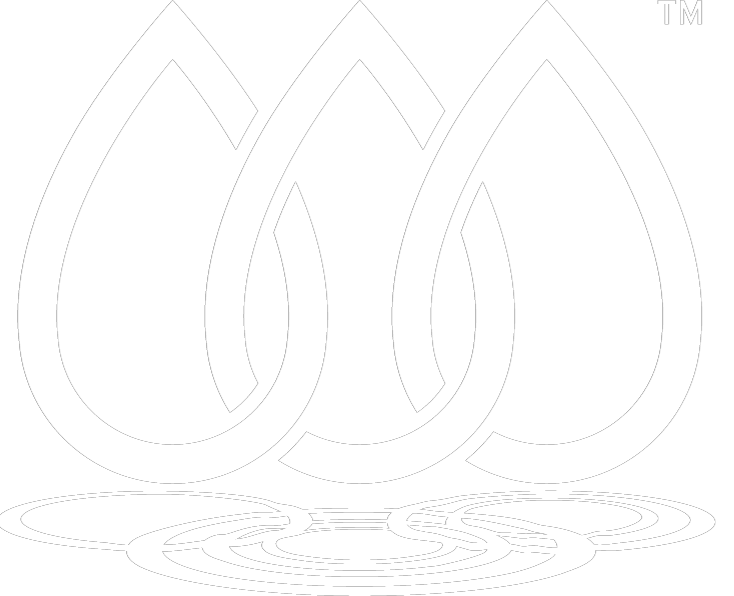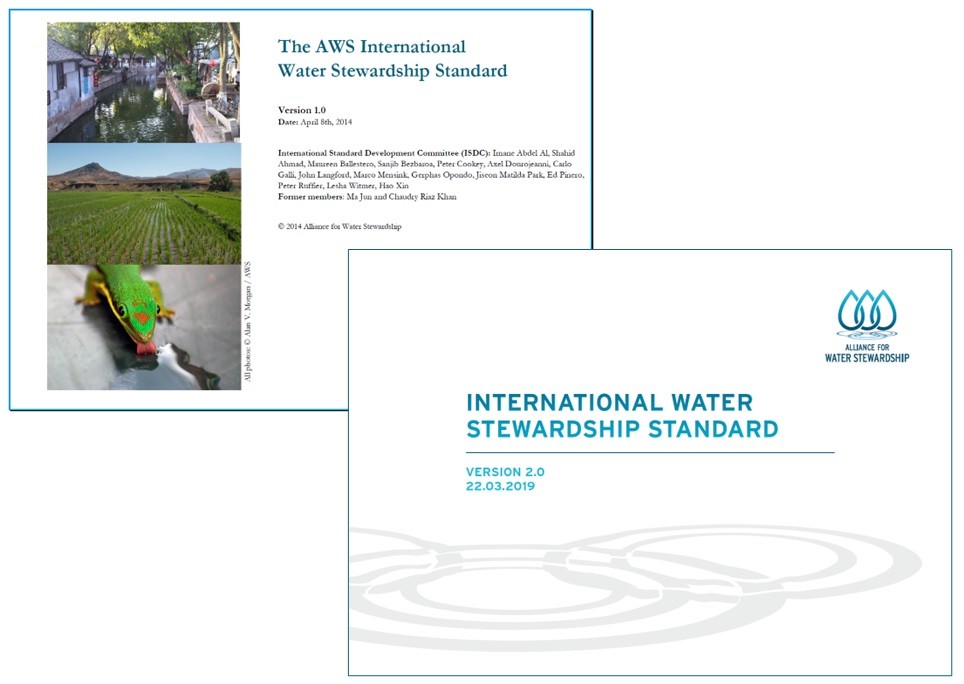By Adrian Sym, Chief Executive, AWS
This week marks ten years since the publication of the very first International Water Stewardship Standard, launched in Lima, Peru.
The development of the first ‘AWS Standard’ followed a three-year process, guided by 15 members of an international committee. I remember at the time feeling very privileged to be part of this genuinely global effort, while simultaneously acknowledging that this was only the beginning.
The initial work to develop Version 1.0 as a single standard that is applicable across the diversity of contexts and characteristics of water use was a remarkable achievement. Version 2.0 of the Standard was launched in 2019 with improvements in both form and content. These advances enabled it to be widely adopted: downloaded more than 15,000 times, and with close to 300 sites currently certified.
Ten years on, I feel immensely proud of the contribution that the Alliance for Water Stewardship (AWS) – and by AWS I mean our staff, board and technical committee, and our network of members, partners and stakeholders – has made to build awareness, capacity and credible action on water.
At the same time, the world has changed a lot since 2014 and advances in knowledge are constantly emerging. So just as the Standard requires continual improvement in its implementation, the Standard itself needs to evolve to be an effective response to emerging challenges. The ongoing AWS Standard revision process will support our aim for V3.0 to increase the Standard’s utility and value – enabling implementation at scale, and driving collective action to address the world’s most pressing water-related challenges.
The last ten years have shown that water stewardship is not an exact science, but rather a means of understanding and working constructively within complex and dynamic systems. We hear a lot about water ‘solutions’ but despite technological advances, we will never ‘fix’ water. It needs continual care and attention. I often think that water stewardship is first and foremost about listening carefully to what others, including ecosystems, are telling us. Making sure that our ‘solutions’ are not creating unintended problems for others who rely on the same resource.
And the increasing uncertainties of water cycles require us to anticipate and be responsive to changes. This is complex stuff and that is why the inclusive collaboration that is at the heart of water stewardship is needed now more than ever.
Looking back over the last decade, it is interesting to see what remains constant and what has changed. Many of our core partners from the non-profit sector back in 2014 remain core partners today as we collectively advance the idea of ‘convergence’ within the global water stewardship community. Many of the companies who were pioneers back then remain leaders today. We have also seen new leadership in water stewardship, for example in the tech sector and pharmaceuticals. And the link between water stewardship and climate adaptation and resilience is rightly gaining more prominence and will, in my view, be one of the central features of the next decade of water stewardship during which I fully expect to see:
- The water stewardship community coalescing around what constitutes good practice for assessment, action and reporting at both site and corporate level.
- Agencies at all levels recognising and utilising business leadership on water as an asset in building resilience.
- Governments and financial institutions creating incentives for adoption of credible water stewardship practices at scale.
We will be pursuing these and other topics at our upcoming Global Water Stewardship Forum on 5-6 June in Edinburgh, with learnings from this event helping to build the pathway to the AWS Standard Version 3.0.


